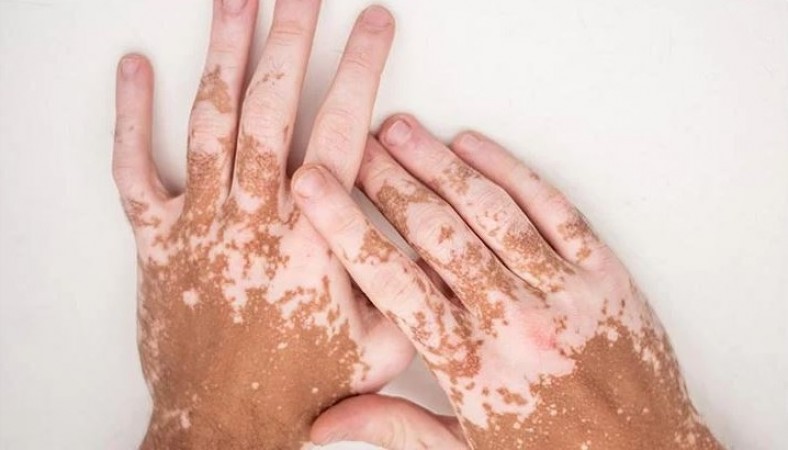
World Vitiligo Day is observed on June 25th every year to raise awareness about vitiligo, a skin condition that affects millions of people worldwide. This article aims to provide a comprehensive understanding of vitiligo, including its causes, symptoms, and preventive measures.
What is Vitiligo? Vitiligo is a chronic skin disorder characterized by the loss of skin pigmentation, resulting in white patches or spots on various parts of the body. It occurs when the melanocytes, which are responsible for producing the pigment melanin, are destroyed or stop functioning correctly. As a result, the affected areas of the skin lose their color, leading to the appearance of white patches.
Causes of Vitiligo: The exact cause of vitiligo is still unknown. However, several factors contribute to the development of this condition:
Vitiligo is often associated with autoimmune disorders, where the immune system mistakenly attacks and destroys the melanocytes.
Family history can play a role in the development of vitiligo. Certain genetic variations may increase the risk of developing the condition.
External factors such as stress, sunburn, exposure to certain chemicals, or traumatic events may trigger or worsen vitiligo in susceptible individuals.
Vitiligo primarily affects the skin, but it can also involve the mucous membranes (such as the mouth and nose) and the eyes. The main symptom is the appearance of white patches on the skin, which can vary in size and shape. These patches often start small and gradually enlarge over time. Common areas affected by vitiligo include the face, hands, feet, elbows, knees, and genital areas.
Prevention of Vitiligo: While there is no known way to prevent vitiligo, there are some strategies that may help reduce the risk or slow down its progression:
Shield your skin from excessive sun exposure by using broad-spectrum sunscreen, wearing protective clothing, and seeking shade whenever possible. Sunburns can trigger vitiligo or worsen existing patches.
Psychological stress may exacerbate vitiligo in some individuals. Engage in stress-reducing activities such as exercise, meditation, or hobbies to promote overall well-being.
Injured skin, including cuts, burns, or abrasions, may increase the risk of developing vitiligo in susceptible individuals. Take precautions to protect your skin from unnecessary trauma.
If you notice any unusual depigmentation or white patches on your skin, consult a dermatologist promptly. Early intervention may help manage the condition more effectively.
On World Vitiligo Day, let us join hands to raise awareness and promote inclusivity for individuals living with vitiligo. While the exact causes and prevention methods for vitiligo are still being studied, understanding the condition and providing support to those affected can make a significant difference in their lives. By spreading knowledge and acceptance, we can contribute to a more inclusive and compassionate society for everyone.